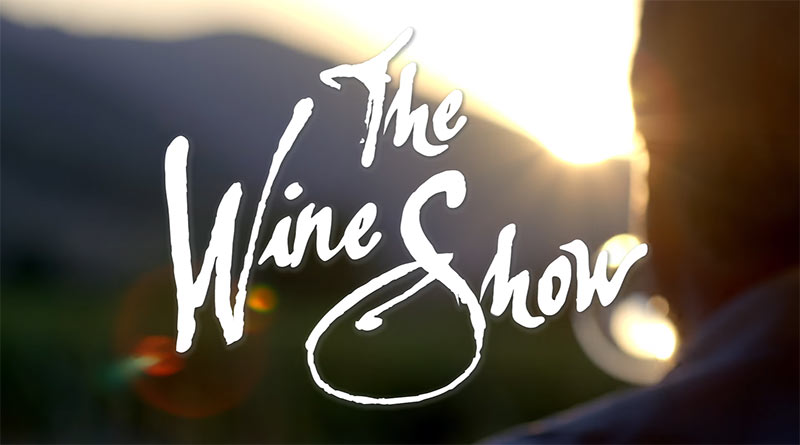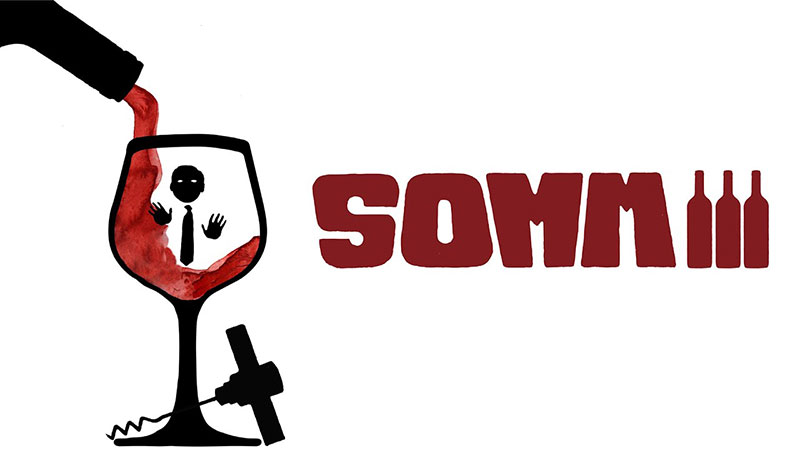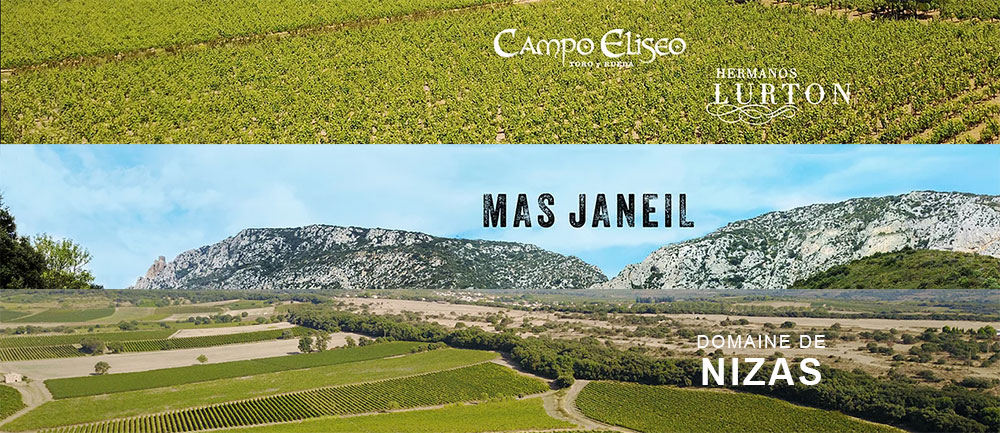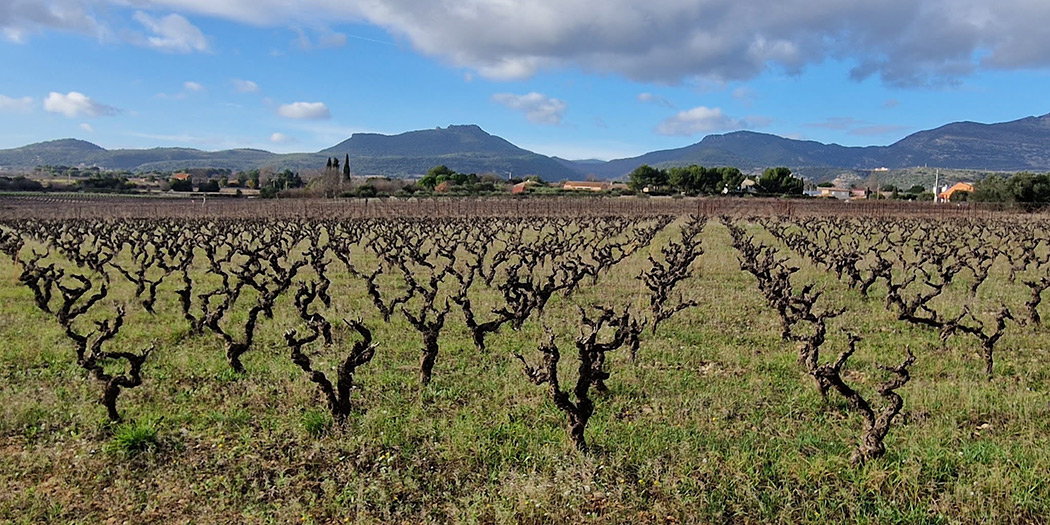I recently had the pleasure of viewing the new documentary, Vignes dans le rouge at this year’s Most Festival–one of, if not the only film festival in the world dedicated to films about wine. “Vignes dans le rouge” (‘Vineyards in the red’) is at its heart, a film about Climate Change and the viability of winemaking in the future. That’s a massive topic to tackle of course so instead of talking in broad strokes, they wisely focused on a few producers in a corner of the Languedoc region of France […]



